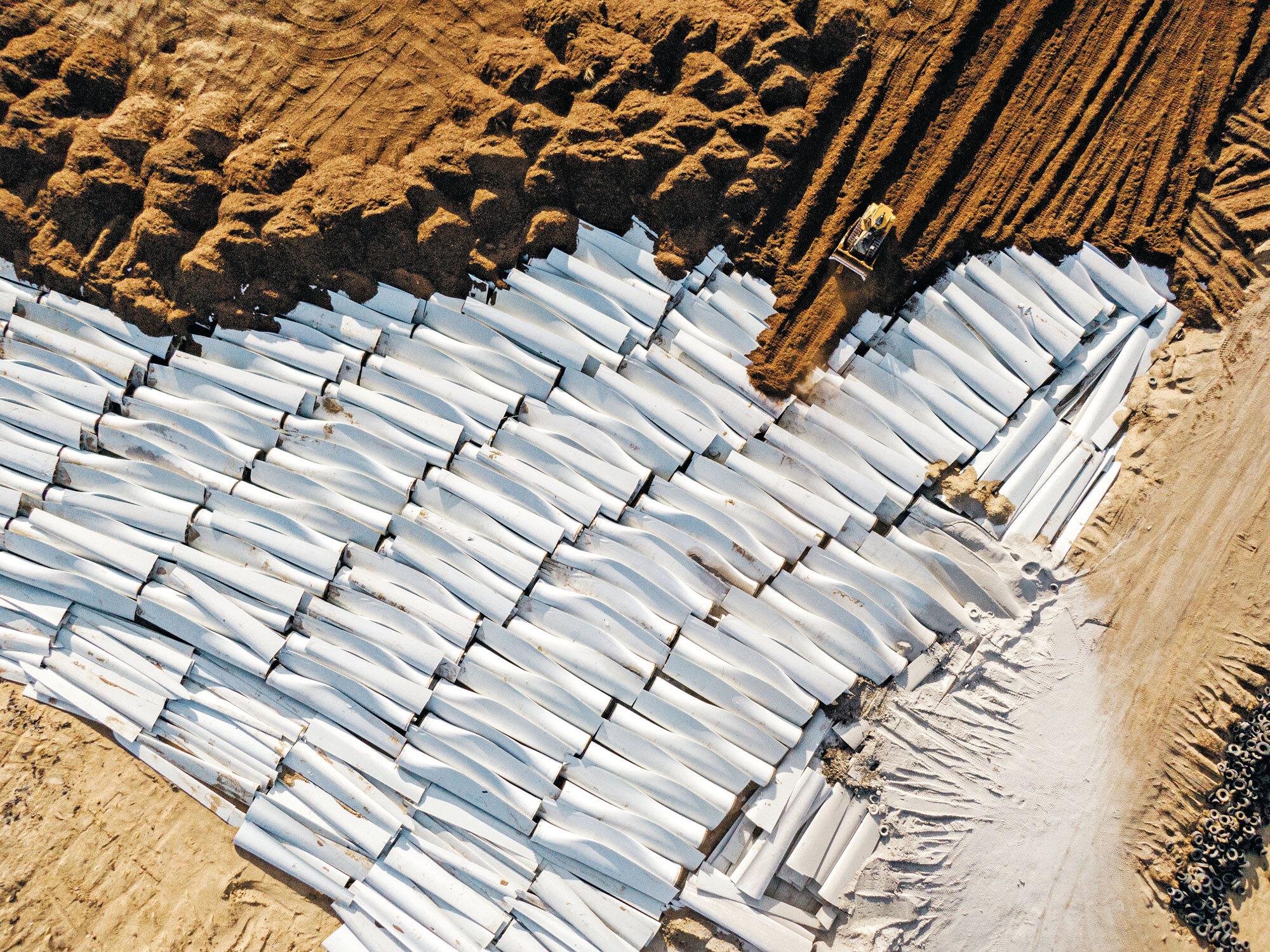Advertisement
Grab your lab coat. Let's get started
Welcome!
Welcome!
Create an account below to get 6 C&EN articles per month, receive newsletters and more - all free.
It seems this is your first time logging in online. Please enter the following information to continue.
As an ACS member you automatically get access to this site. All we need is few more details to create your reading experience.
Not you? Sign in with a different account.
Not you? Sign in with a different account.
ERROR 1
ERROR 1
ERROR 2
ERROR 2
ERROR 2
ERROR 2
ERROR 2
Password and Confirm password must match.
If you have an ACS member number, please enter it here so we can link this account to your membership. (optional)
ERROR 2
ACS values your privacy. By submitting your information, you are gaining access to C&EN and subscribing to our weekly newsletter. We use the information you provide to make your reading experience better, and we will never sell your data to third party members.
Recycling
How can companies recycle wind turbine blades?
Landfilling retired blades isn’t green or sustainable. Companies are working on ways to reuse the giant structures rather than bury them
by Mitch Jacoby
August 8, 2022
| A version of this story appeared in
Volume 100, Issue 27

Credit: Benjamin Rasmussen/Getty Images | Because there are few options for recycling retired wind turbine blades, most end up buried in landfills, like the one shown here in Casper, Wyoming.


Join the conversation
Contact the reporter
Submit a Letter to the Editor for publication
Engage with us on Twitter